I hate to say it, but Hurricanes Helene and Milton actually gave me a chance to regroup. I could sit back, think hard, and approach my winter garden more thoughtfully. They may not pay off, but it also gave me the opportunity to take some chances. But now it’s time to figure out what to plant in January.
We’re still cleaning up after the hurricanes. There’s still a lot of work to do, but my first step was to detox the garden beds. It seems that seawather inundated every square foot of my active gardening space. Plants don’t like seawater. Not a bit. This resulted in the loss of nearly everything except some very established ornamentals. So, flushing out the salt water from the storm surge from Hurricane Helene was my top gardening priority.
Some Gardening Product Recommendations
Some very nice horiticultural companies reached out and offered me their products to help restore the soil. The first was Elm Dirt, which I used to restore the potted plants that were my fall inventory. The fact that most of them survived after sitting in about a foot of saltwater overnight is a miracle.
- Organic Plant Food: Elm Dirt Plant Food is a premium organic fertilizer crafted with utmost care and dedication. It harnesses the power of premium worm castings and high-quality organic nutrients, making it an ideal choice for nourishing a wide range of plants. From house plants to gardens, shrubs, roses, and even hydrangeas.
Another great company that offered their assistance was Simple Grow Solutions. They provided me a nice big bottle of their Sea Hume product to help restore the structural damage in my soil after the flood.
Some post-storm research suggested that humic acid and biochar may help remediate any long-lasting damage, so I was excited to try their product.
I’ve been making and applying my own biochar for the last couple of years, but had no ready source of humic acid. And yes, the irony that sea kelp may help sea-polluted soil didn’t fail to amuse.
- Seaweed 8%: Liquid Sea Kelp Concentrate blended with Ascophyllum Nodosum Seaweed harvested in the Icy North Atlantic.
- Humic Acid 1%: Sea Hume is a Highly Concentrated form of Liquefied Carbon Derived from the Highest Quality Humate Source, Leonardite. Leonardite is Considered by many to be the Highest Quality form of Humic Acid.
Last, but not least, my cuttings were not only also soaked for hours in seawater, but were late to potting up. If I was going to recover my inventory with any speed in time for spring sales, I needed to pamper them as much as possible to ensure they hadn’t been set back any further.
The folks at Smart Grower sent me a package of their SuperCharge Mycorrhizal Fungi Blend I used when potting them up. I’ll follow up with my results from them in another post, but I do recommend this stuff highly.
- Save Sick Plants Fast – Revive struggling plants with a powerful blend of Mycorrhizal Fungi, Trichoderma, and Bacillus that restores root health and boosts nutrient uptake for vibrant growth
January is a Month of Transitions
January doesn’t just mark the start of a new year, it’s also the time to transition from cool-season crops to warm-season crops — at least in Central and South Florida.
Depending on the forecast, you can start planting warm-season crops in South Florida, and start warm-season crops indoors in North and Central Florida.
There’s also plenty of time to start fast-growing cool-season crops, like lettuces, spinaches, and cabbages. In North Florida, you could probably even still grow those that take a bit longer, like cauliflower and brocolli. No promises, though, as the climate has become increasingly erratic over the last decade.
I generally start all my vegetable plants in soil blocks or cell trays, anyway. (Except for those that really MUST be direct sown, like beans and peas. This allows me to make the most of succession planting and filling in the odd gaps here and there for more production.
We’re supposed to get an Arctic Blast over the next two weeks, so I’ll be sowing indoors exclusively and working to keep things toasty through the month.
What to Plant in January Indoors
The good news is that if you get the urge to garden and plant in January, it’s one of the times in Florida when you can pretty much start everything and anything. Start warm-season vegetables indoors, especially the long-season ones like tomatoes and peppers.
It’s also not too late to start some cool-season vegetables outdoors, particularly varieties that mature quickly.
Tomatoes
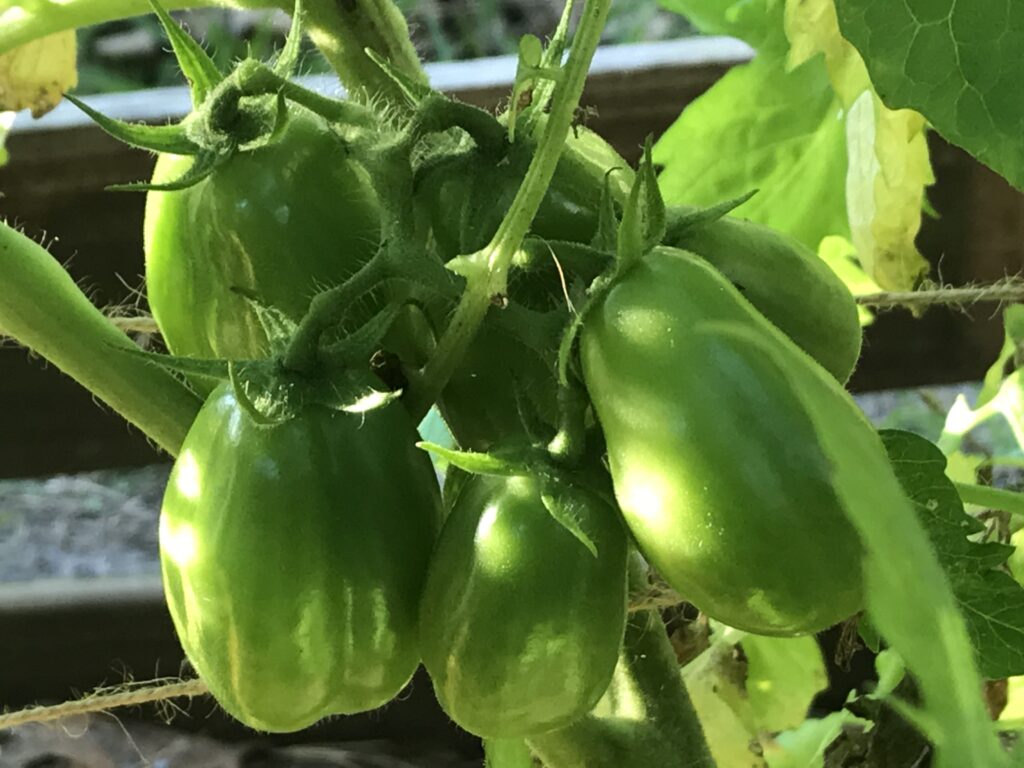
I always grow tomatoes. I always grow more tomatoes than I need. Sometimes, I sell the starter plants at local markets in the spring, but we’re thinking of relocating next year, and my focus has been on downsizing my inventory.
In Zone 10, you can start tomatoes from late December through January for planting out in late February. You can also start them indoors in Zones 9, though you’ may ‘ll need to be prepared to pot them up at least once if they outgrow their starter cells. It’s really one of the best arguments for using soil blocks.
You may even have tomatoes growing from fall, like I do. Despite the saltwater flood, I got a plethora of volunteers over winter. Just be prepared to cover them as necessary.
I normally rely on varieties like Gardener’s Delight for salads, and Marglobe for slicing, and San Marzano for sauce. I know a lot of people recommend Roma for Florida, but I’ve honestly found they’re too susceptible to fungal disease to produce well.
The Everglades seem to make their own arrangements.
If you’re not sure which varieties of tomatoes to look for, check out my list of the best vegetable varieties for Florida.
Peppers
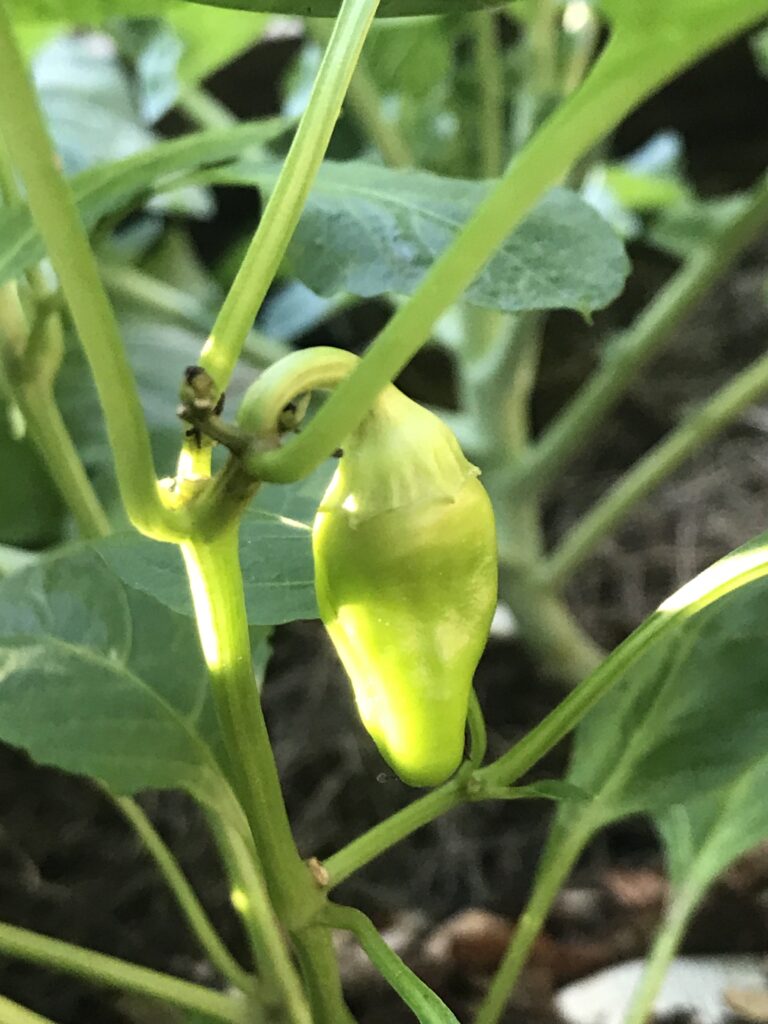
Peppers don’t seem to be fazed by any kind of weather in my zone. Unless they’re hit by Whitefly or bacterial wilt, they’re nearly indestructible and certainly perennial. My tabasco peppers dropped all their leaves after the seawater flood, but are starting to leaf out and grow pretty abundantly.
You can start both sweet peppers and hot varieties indoors. Both types require a lot of time to mature and fruit, and they also produce more fruit if you prune them back at 12”. This means that it feels like forever before you get any peppers at all.
For this reason, start peppers as soon as reasonable or possible so they have a significant head start before spring. They take so long, it’s even worth setting up space indoors with a grow light if you really love peppers.
Melons
I have finally mastered watermelons – and the secret for me seems to grow small varieties, like Sugar Baby, and trellis them. I’ll try to fill up every trellis I can improvise now that I know what works best for me.
Cantaloupe and Honeydew are usually pretty reliable for me. Zones 10 and 11 can start any of them indoors in January, while Zone 9 should wait until next month.
While cucumbers are technically a type of melon, they quickly outgrow their seed tray cells and are too sensitive to cold to plant out in January. I’ll be starting these in cell trays so I can pull them indoors if necessary.
Many home gardeners find they don’t transplant well, so they prefer to direct sow. If you haven’t been successful with them to date, try experimenting with both methods to see what works for you.
Squash
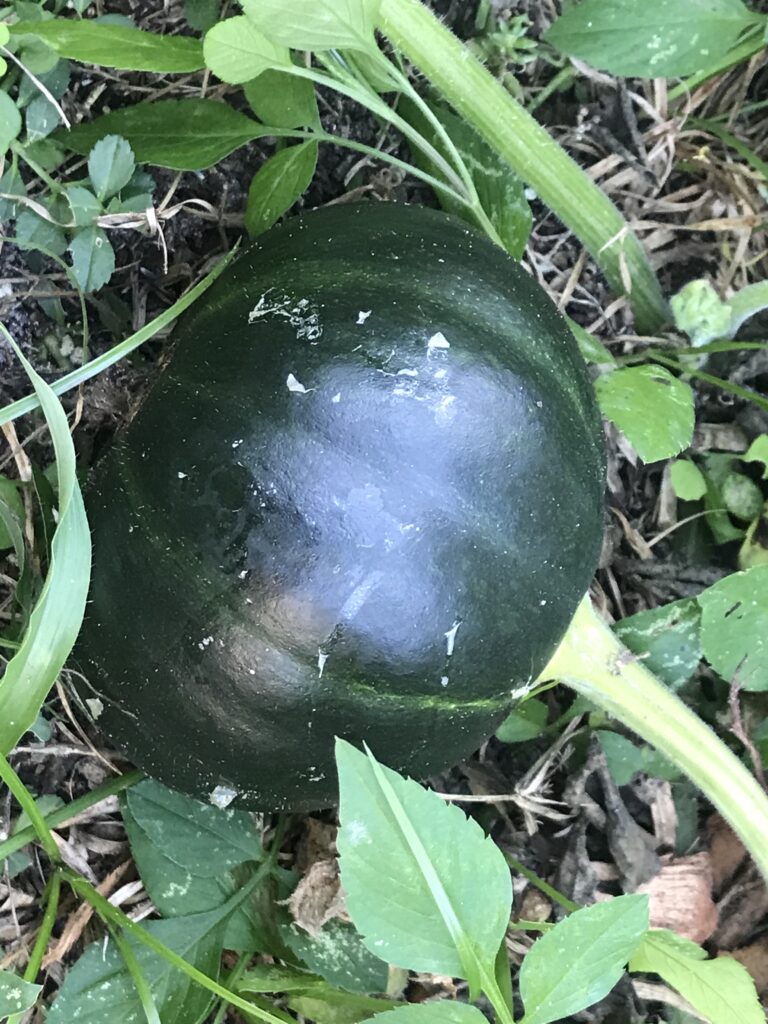
Winter squash is a breeze in Zone 10a, but I haven’t mastered the knack of summer varieties. I planted out cocozelle zuchinni in November on a whim, and they look healthy and strong now. I’m just not sure how well they’ll produce.
Corn
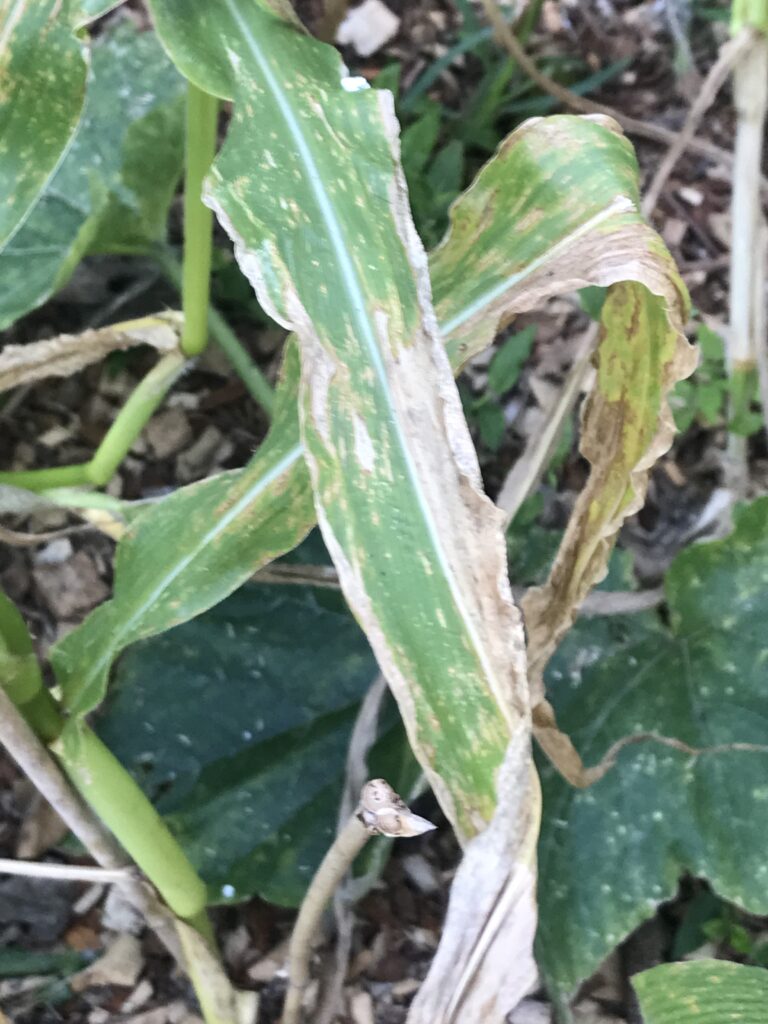
Corn is another vegetable garden staple whose success seems to elude me here on the Gulf Coast. I did have it sussed a couple of years ago, and had a beautiful stand of Early Golden Bantam growing. Then the freak 3-night freeze of Christmas 2022 killed them all off.
If you have the space and the patience and enough Spinosad, January is a good time to start your corn in Central or South Florida.
When it comes to corn, Zones 10 and 11 can plant in January, while North Florida gardeners should wait until February.
Herbs
I only occasionally sow and grow herbs, and that’s because they tend to be much cheaper to buy than the time and attention they take to grow in my climate. Most culinary herbs prefer a drier climate than I can provide. I do have a few basil volunteers I’m tending.
Start both perennial and annual herbs indoors in January. Pinch back basil aggressively until planting out to increase bushiness.
Plant in January Outdoors
January is definitely not too late to plant another round of winter vegetables. I often opt for quick-growing varieties for this reason.
Brassicas
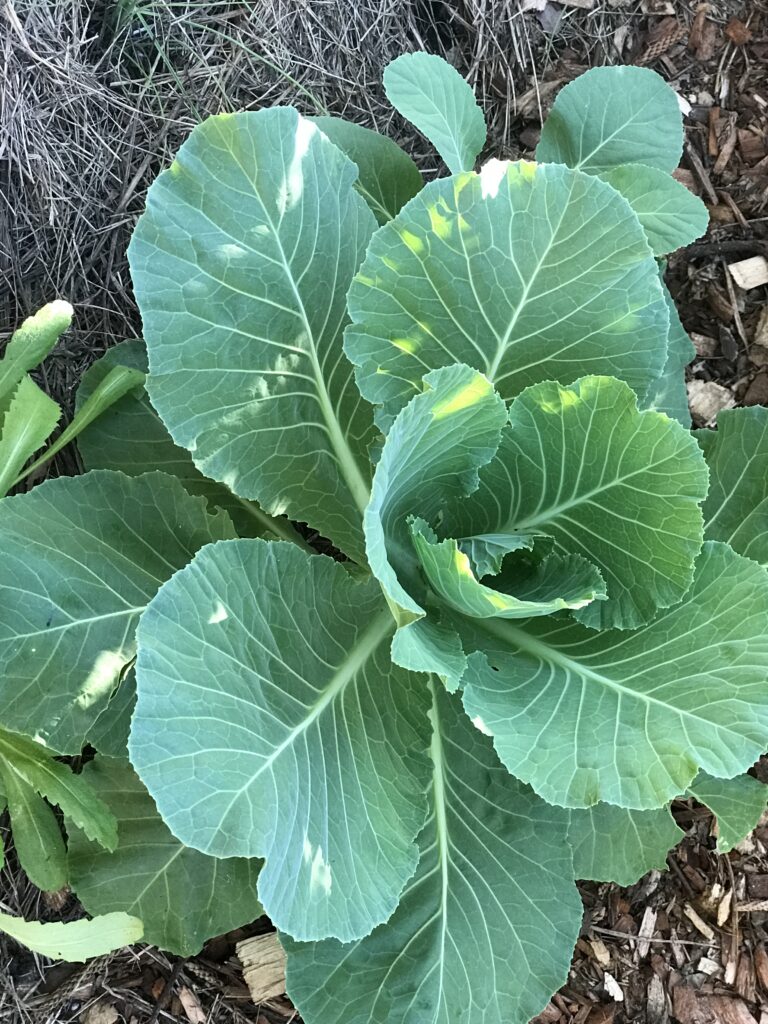
Early Jersey Wakefield cabbage is ready in 60 to 70 days. Collards and Brazilian broccoli are very heat tolerant and will continue to flourish into early summer, even though they’re technically cool-season veg.
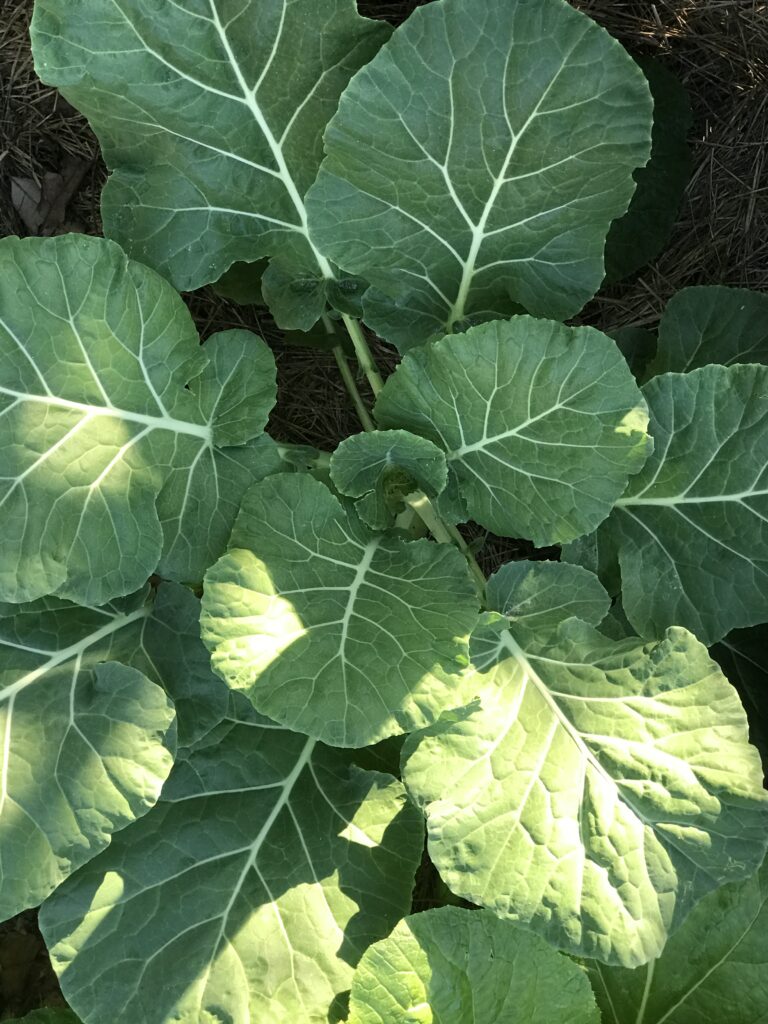
Asian cabbages, bok choy, mustard, tatsoi, and other brassicas are also good candidates to plant in January. If you’re in Zone 9, you can even have time for cauliflower and celery. Those in Zones 10 and 11 should look for quick-maturing varieties, however.
Peas and Green Beans
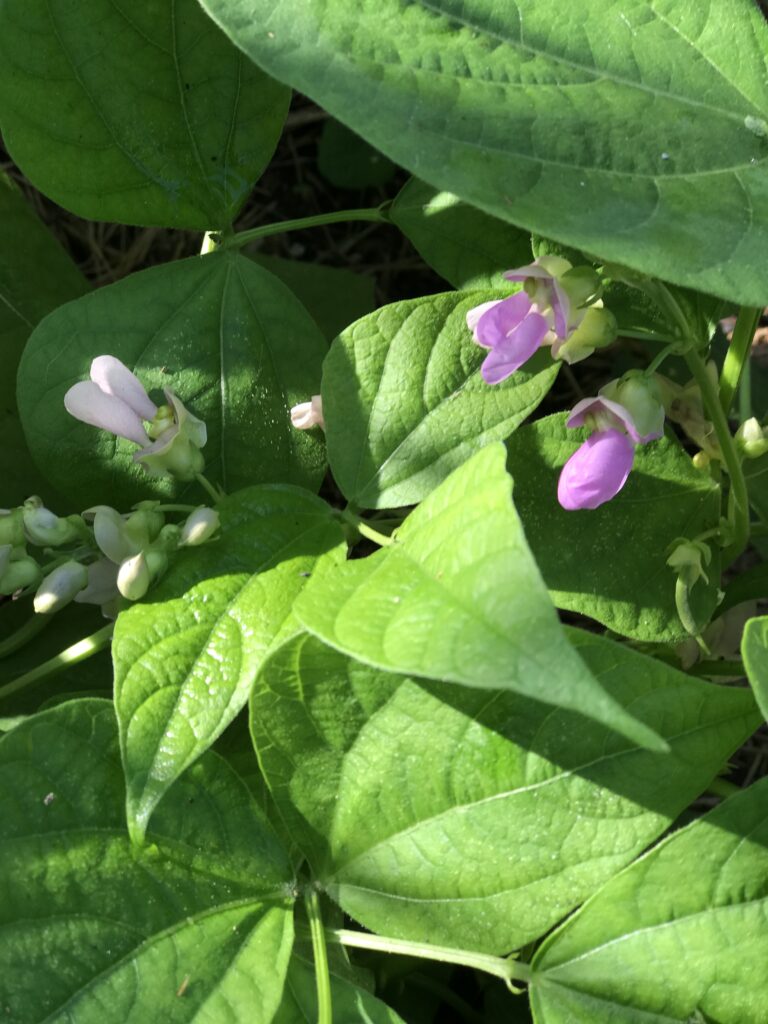
January may be your last chance to plant garden peas and snow peas. It’s well worth the effort, and if if we get the long, cold winter that was predicted, take advantage of it.
You can also plant green beans in Zone 11, as well.
Root Vegetables
Consider adding some root vegetables too, like carrots and rutabaga. If you don’t think the cool weather will hold, plant radishes, most of which will be ready in 28 to 45 days. I recently sowed Daikon and French Breakfast radish, and there’s still enough winter days left to sow more.
Turnips are also quicker to harvest than other root veg, and generally more heat tolerant as well.
Onions
Alliums are nice additions to the mid-winter garden, and again, if you’re concerned the weather will get too hot too quickly, green onions grow quickly. Otherwise, it’s not too late for onion sets, leeks, or shallots.
No matter where you are in Florida, your county ag extension office can offer some reliable options for your gardening schedule.
But don’t be afraid to experiment a little, either.
Flowers to Plant in January
For you floral fanatics, January also offers a lot of opportunities.
Most perennial flowering plants do best when planted in the fall. If sown from seed, it gives any cold snaps the ability to break the seed’s dormancy. When planted in the early fall, the plants have time to get established to then regrow and bloom in the spring.
But that doesn’t mean it’s too late to get them started now. You can sow starts of tropical salvia, blue salvia, purple coneflower and other perennials in January to plant out in February.
As far as annuals are concerned, you can sow or plant out cool-season flowers, like pansies, petunias, nigella, and bachelor’s buttons in January. A light frost will not set them back if they’re grown from seed. And placed with some protection from larger specimens will help starter plants weather through any cold snaps.
In North and Central Florida, you can plant Asters. For South Florida gardeners, add nasturtiums.
In North Florida, you can start lavender and snapdragons. Central Florida gardeners can plant dianthus. In balmy South Florida, calendula, nicotania, and sunflowers are three you can plant in January.
Plan Ahead or Pants It?
There’s a lot to be said for the joy of discovering a new flower or vegetable that you can start right away. Especially in the dreary days following the let-down of the holiday season. What greater joy than finding that there ARE many ways you can get started on a brand-new gardening season?
But there’s also much to advocate for when it comes to planning ahead. Knowing ahead of time what you’re going to plant and when you need to start it is one reliable way of providing food security for your family.
It’s certainly one way to narrow down those plants and varieties work best in your microclimate. Planning your garden ahead of time leaves a record of your successes and failures. In fact, I would have given up on watermelons and cucumbers years ago if I hadn’t planned for trellising two varieties and made note of a very abundant harvest.
I’ve compiled a garden planning tool for this very method. If you’d like to create a more productive garden that makes the most of Florida’s eccentric gardening calendar, check out my Florida Gardening Planner. (Those in Louisiana and Georgia will find the same), available on Amazon in digital download or print.
Last update on 2025-08-07 / Affiliate links / Images from Amazon Product Advertising API
This product presentation was made with AAWP plugin.





